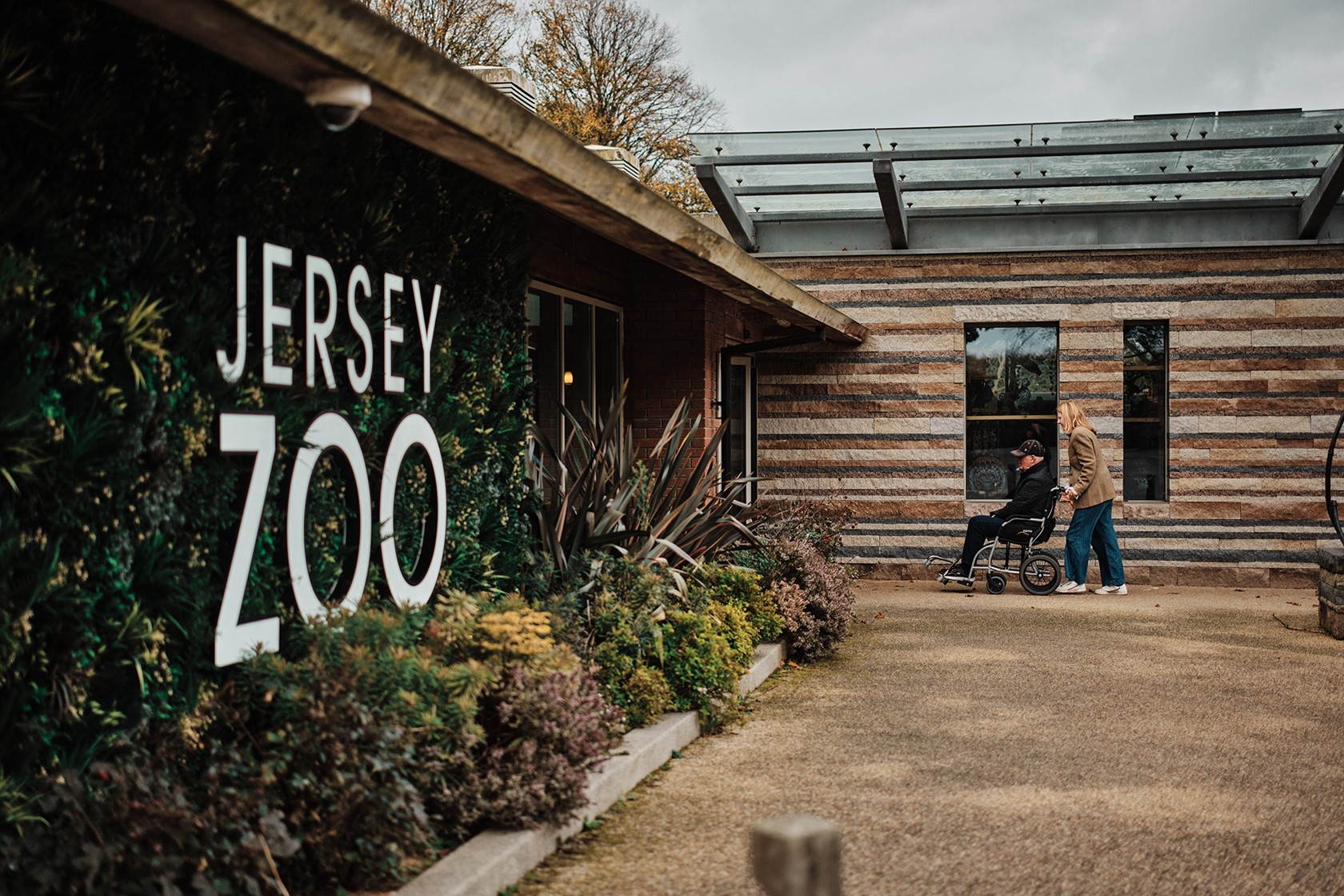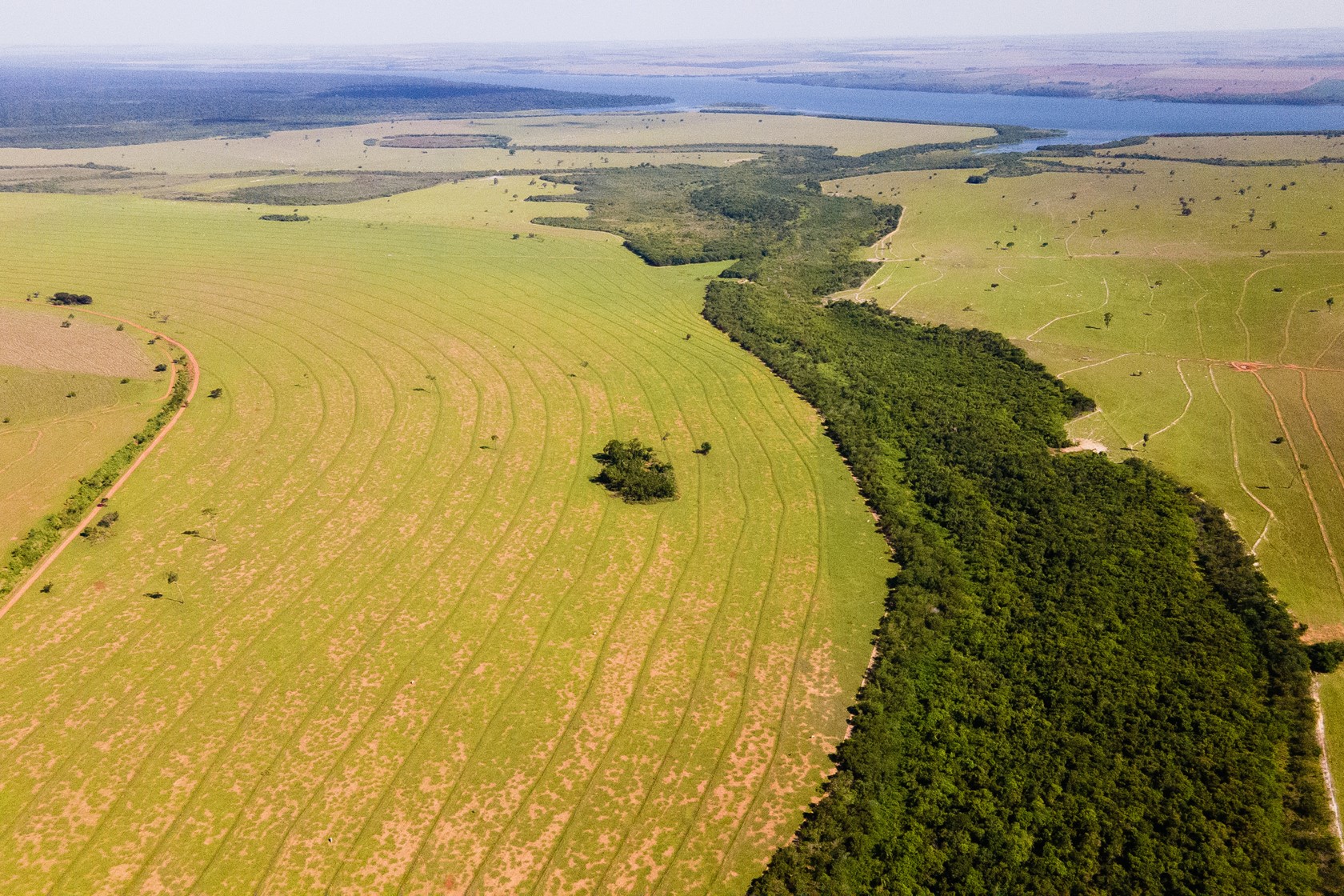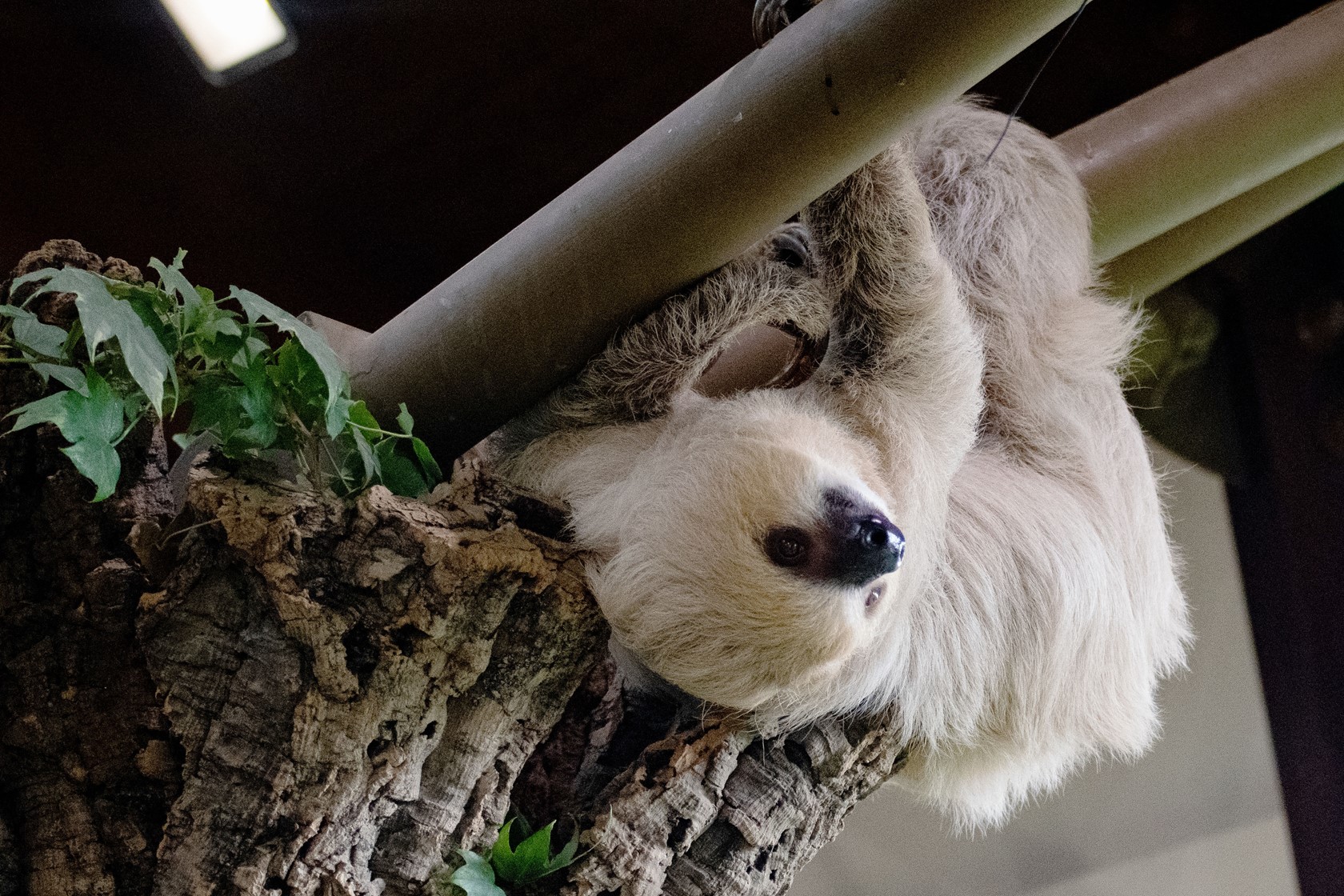Celebrating Jersey Zoo's 65th Anniversary
26 March 2024
As we celebrate 65 years since Jersey Zoo opened, hear from our Honorary Director, Dr Lee Durrell, about her first impressions of the zoo, some of her favourite moments and her hopes for the future.

What were your first impressions of Jersey Zoo?
What I was expecting when I first visited Jersey Zoo at Gerald Durrell’s invitation in 1978 was rather bizarre – I had somehow imagined that the whole island of Jersey consisted of Jersey Zoo! How I got that idea, I do not know, except that I was a young, not-very-well-travelled American and had been bowled over by the first Gerald Durrell book I read, Menagerie Manor, about the early days of the zoo. When I actually arrived (having got over the initial shock of seeing distinctly un-zoo-like villages, people, and cows in fields on the drive to the zoo), I was enthralled by the assemblage of rare species in a beautiful parkland setting, lovingly cared for by their keepers who were devoted to the conservation of their wild counterparts, which remains true to this day. It was only 19 years since the zoo had been established, and already it was making its unique mark on the zoo world by its unswerving dedication to its mission, saving species from extinction.


What are your favourite standout moments during the zoo’s history?
There are so many, it is hard to choose, but first or unusual births are really special. There was the birth of our first gorilla, Assumbo, son of our silverback, Jambo, and Nandi, in 1973. Assumbo and the next two gorillas born at the zoo had to be hand-reared. Thus we had a ‘gorilla nursery’, complete with human baby incubators and walls decorated with colourful cartoon pictures. The birth of any of the great apes at the zoo is a noteworthy event, but I particularly remember when Kea, the Sumatran orangutan, was born in 2013. Not only was it the first time an orangutan birth had ever been filmed, but it was also a ‘miracle’, as the mother, Dana, was not expected ever to give birth due to medical complications. No wonder we named her ‘Keajaiban’, which means ‘miracle’ in Indonesian!


Another standout moment is the first visit of Princess Anne to see ‘Mr Durrell’s zoo’ in 1972, which led her to accept Gerry’s invitation to become our Royal Patron and to come to the zoo often in later years. We have had numerous famous visitors, many of whom agreed to officially open one or another new animal enclosure. Jimmy Stewart opened the ‘nocturnal house’ (no longer in existence) in the late 60’s, referring to the main residents, the rare Jamaican hutias, as the ‘hoot-ears’. David Niven opened our first purpose-built gorilla house, and John Cleese witnessed a gorilla birth. Sir David Attenborough has visited Jersey Zoo on several occasions, including to interview Gerry, film his own programmes and open the current orangutan enclosure.
I also well remember standing at the entrance to Jersey Zoo in 1999 with The Princess Royal when we unveiled the statue of Gerald Durrell and announced the new name of the Trust in his honour – Durrell Wildlife Conservation Trust.


What does the future of Jersey Zoo look like to you?
Although we continue to fulfil Gerry’s mission today, I think we have a lot more to do. There are still some zoos which are devoted solely to entertaining the public and others which carry out little to no conservation work at all. Both mindsets must change if there is to be any hope for safeguarding the biodiversity on this planet. As Gerald Durrell said, our first priority is the animals and their welfare, then the staff and their welfare and then (last, but certainly not least!) the public who support our work. We must continue as a role model for other zoos by strengthening our commitment to conservation through our breeding, research, training and nature-connection programmes. We must expand our collaborations with other zoos, breeding centres and conservation organisations, not only on zoo-based activities, but in wild places around the world, where we protect the animals, restore their habitats and promote community conservation. And we must communicate all those actions loud and clear to our visitors and the wider world.

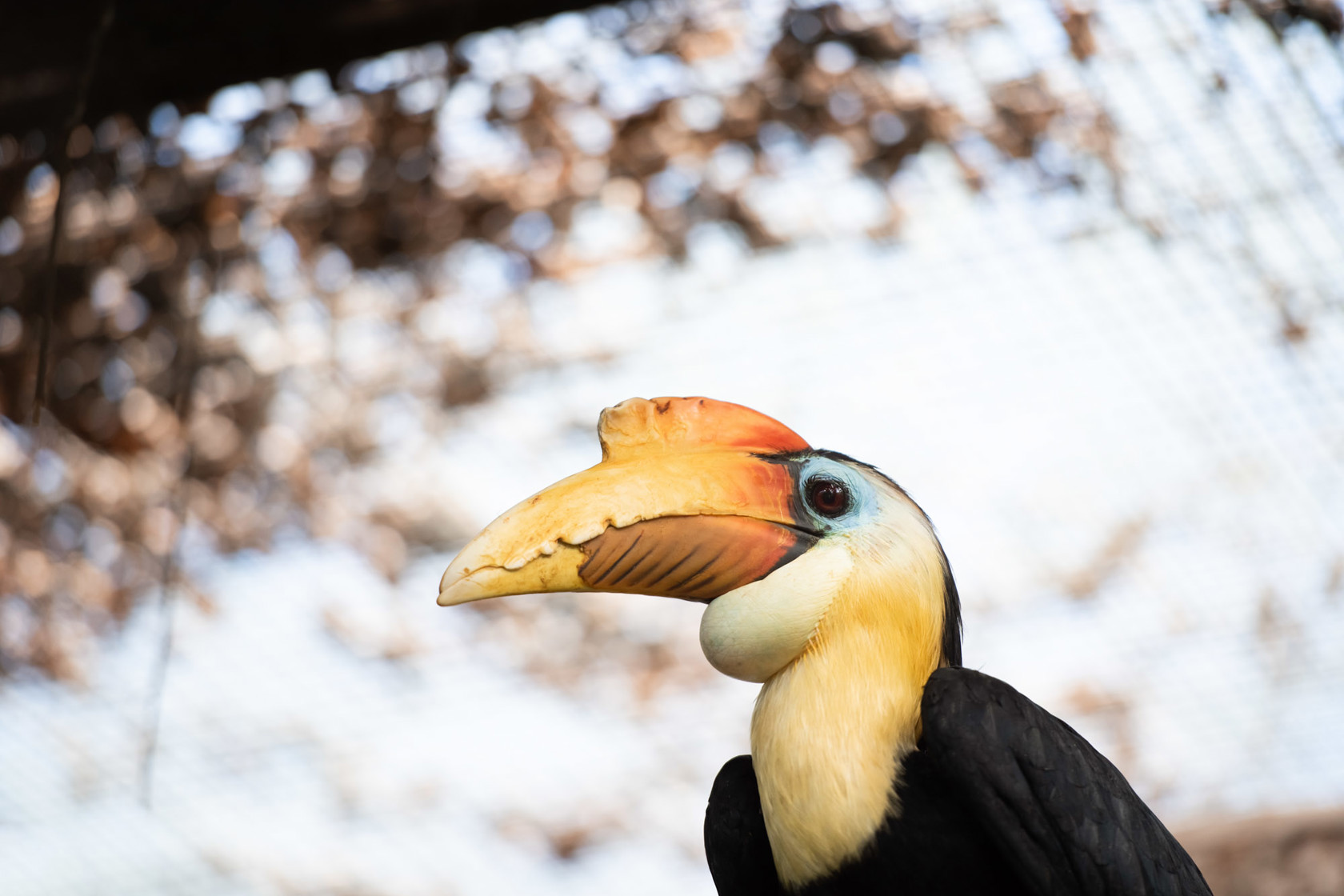
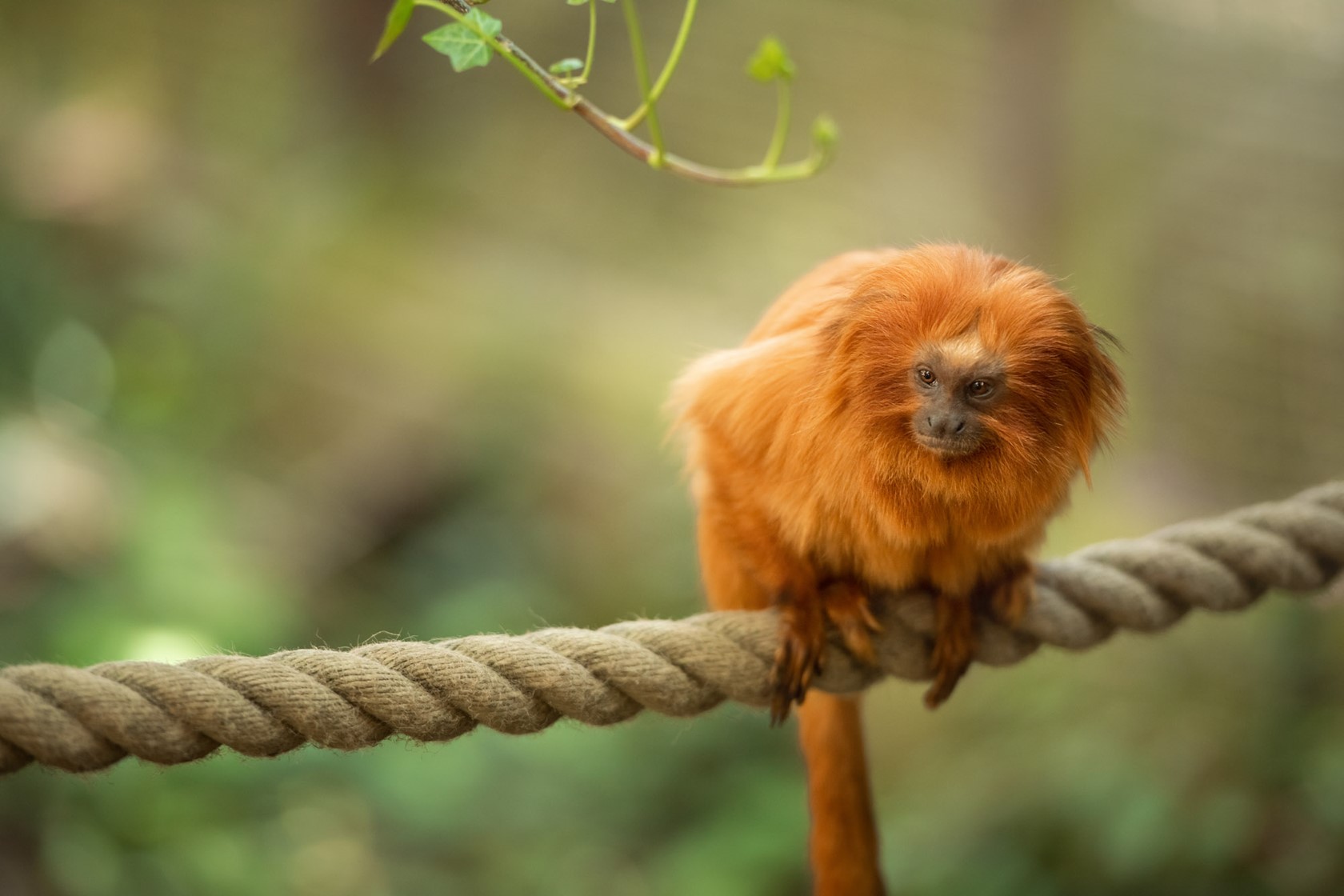
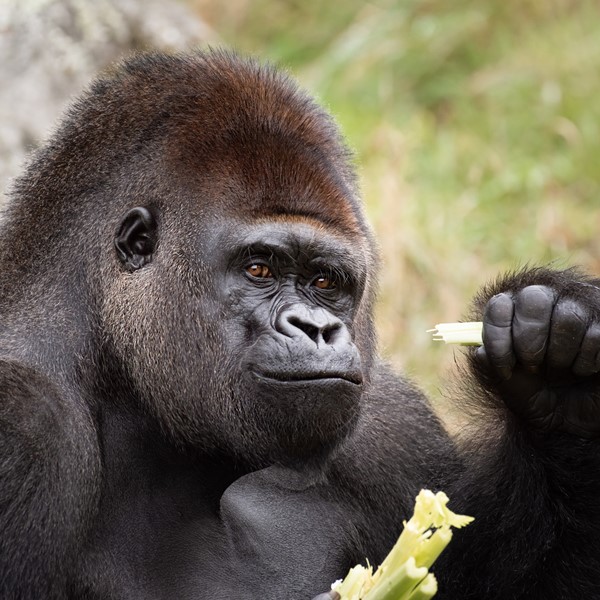 Mammals
Mammals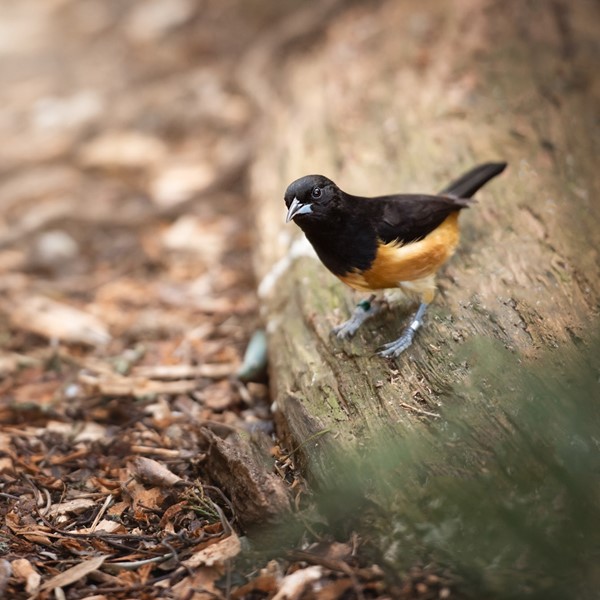 Birds
Birds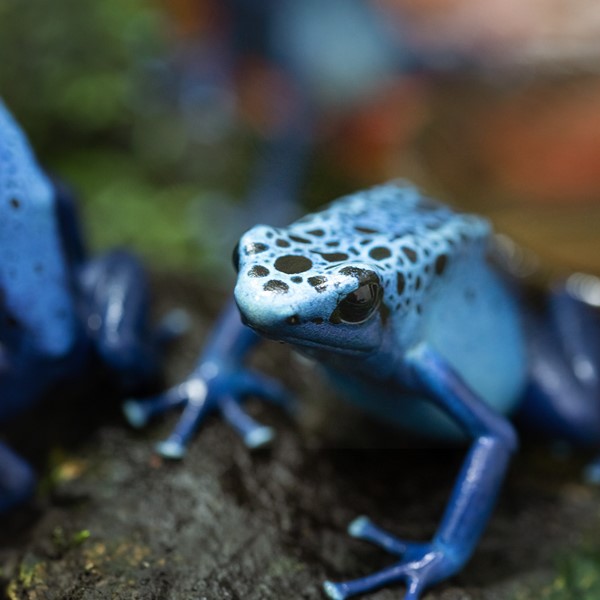 Amphibians
Amphibians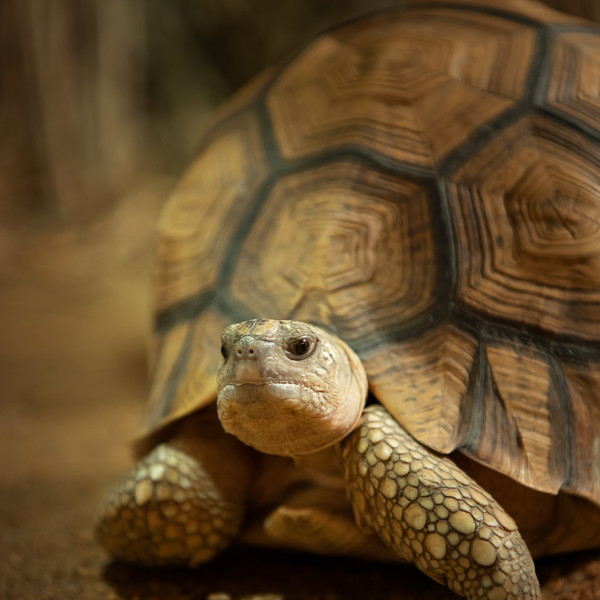 Reptiles
Reptiles